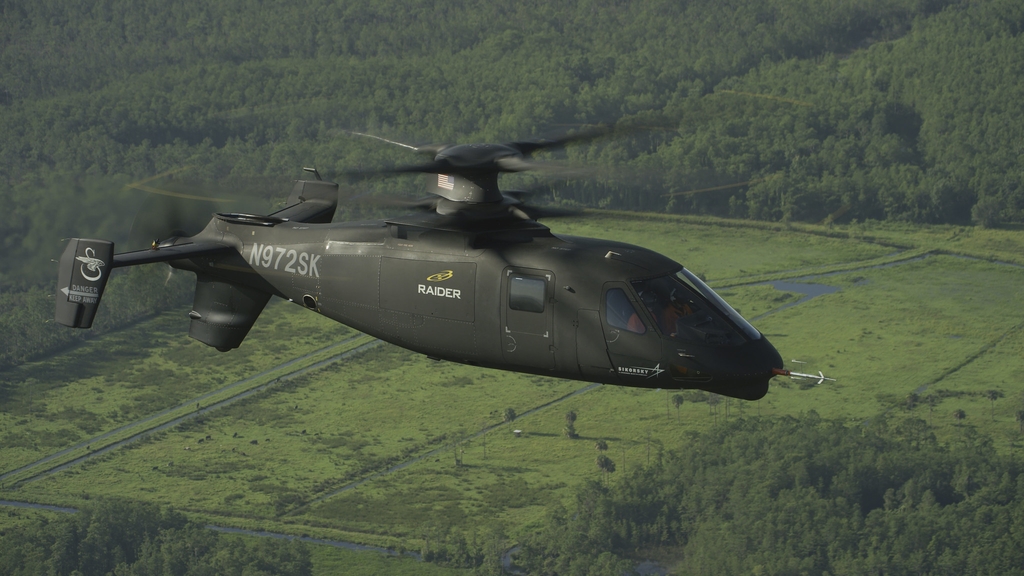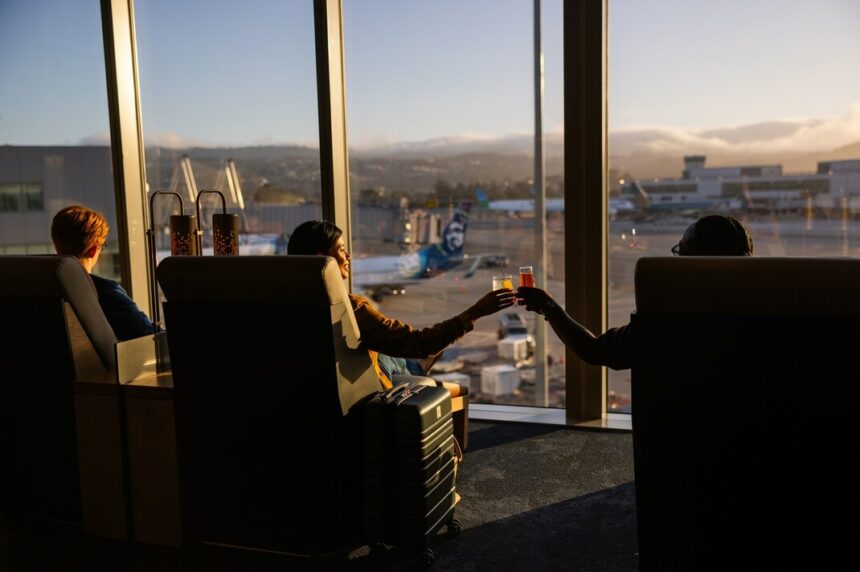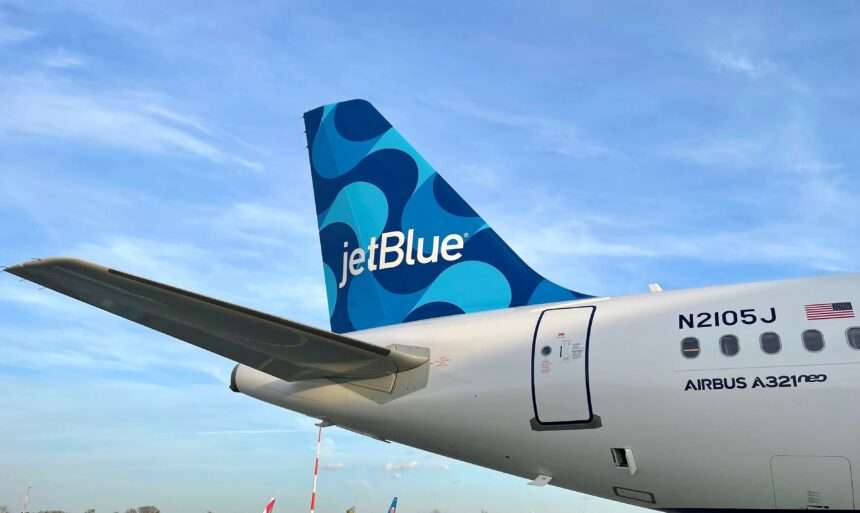American aerospace giant Sikorsky, a Lockheed Martin company, will be offering the RAIDER X®, to the Indo-Pacific region to address the issue of heightened tensions.
The Indo-Pacific region is one of the most contested and the most strained regions of the world, with the new global order balancing between China and the West.
The U.S. Department of Defense’s Indo-Pacific Command (USINDOPACOM) outlines that the threat from China should be curbed and addressed thoroughly.
The Raider X is based on its transformational X2™ technology and coaxial rotorcraft design, to deliver the FARA mission. FARA is short for False Alarm Reduction Association (FARA), and the new technology is said to mitigate miscommunications between countries in the region.
RAIDER X – unbeatable performance
The RAIDER X is built for conditions and missions in the Indo-Pacific region. The RAIDER X flies farther and faster than any other conventional aircraft, with maneuvers unrivaled by other helicopter manufacturers.
The Raider X can fly at low altitudes, and performs majestically in any flying conditions and environment, especially in hot and humid conditions.
Christiaan Corry, Sikorsky’s lead test pilot for the S-97 RAIDER stated “In battle, you want to live outside the threat ring. Getting in close and mitigating threats requires a combination of speed and the ability to capitalize on the environment.”
[monsterinsights_popular_posts_inline]
The test pilot furthered: “The safest sanctuary for helicopters is low. And if you can fly low and fast, it’s especially difficult for radar to detect you. That’s what RAIDER X brings to battle.”
Speed and maneuverability
The American manufacturer has designed its Raider X using the X2 technology including the S-97 RAIDER technology demonstrator, which first flew in 2015.
The aircraft has the ability to fly 207 knots straight and level, allowing the S-97 RAIDER to perform better than any other operational aircraft on the market. In fact, in 2008, the Sikorsky’s X2 TECHNOLOGY Demonstrator flew at exceeded speeds of 250 knots 2008.
Not only with the nature of its high speed, but the X2 technology also has a 70-plus degree angle-of-bank is crucial to fly in contested and challenging environments.
The Fly-by-Wire controls reduce pilots’ workload so they can focus on their surroundings, which are often hot and humid, especially in the INDOPACOM region.
FARA missions and the Raider X
FARA missions are significant in the Indo-Pacific region. Of course, such missions don’t rely on a single aircraft type. In the near future wars and conflicts.
The FARA serves as a “quarterback” with a network sensor covering all aspects of communications in the lower-tier air domain between ground level up to 1,000 feet.
The Raider X’s nature of its all-digital Modular Open Systems Approach (MOSA), allows the aircraft to connect with sensors and shooters across all areas of operations and is allowed to smartly evolve and grow along with the operational environment and the technology landscape.
Bottom line: Risk reduction
Calculated risks are inherent in combat aviation. The company invested more than $1 billion in X2 technology and another billion in digital technology.
The new aircraft will be assisted with a long-standing digital factory that features automated tools and augmented reality to reduce costs, reduce errors and improve quality and reduce time-to-market parts.
Pete Germanowski, Sikorsky’s FARA chief engineer, says: “Test stands, test beds, and other ground-based mechanical devices don’t give you load and performance information,”
He furthered: “They can’t provide that integrated look at what the helicopter actually does in the air. Flying a prototype like the S-97 RAIDER is the low-risk way to make that happen.”









